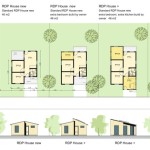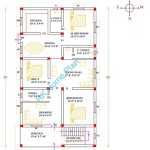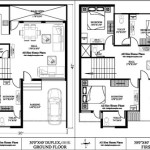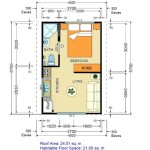1 Level Home Plans: The Ultimate Guide to Single-Story Living
For those seeking convenience, accessibility, and a low-maintenance lifestyle, 1 level home plans offer an ideal solution. These single-story designs provide numerous benefits, from seamless indoor-outdoor connections to age-in-place adaptability. In this comprehensive guide, we will delve into the essential aspects of 1 level home plans, exploring their advantages, plan options, and key considerations for creating your dream single-story home.
Advantages of 1 Level Home Plans
Convenience: With no stairs to navigate, 1 level home plans ensure effortless movement throughout the house, making daily tasks and navigating spaces easier, especially for individuals with mobility concerns or members of multi-generational households.
Accessibility: Single-story designs eliminate accessibility challenges, providing wheelchair or walker users with seamless access to all areas of the home, promoting independence and ease of living.
Low Maintenance: Compared to multi-level homes, 1 level homes require less maintenance, as there are no stairs or second-story features to clean or repair.
Energy Efficiency: Single-story homes often have a smaller footprint, which reduces heating and cooling costs, resulting in long-term energy savings.
Common Plan Options
1 level home plans come in various layouts and sizes, catering to diverse needs and preferences. Here are some popular plan options:
- Ranch Style: A classic 1 level design characterized by a sprawling, low-slung profile, open floor plan, and attached garage.
- Cottage Style: Cozy and charming, cottage-style homes feature compact layouts, often with vaulted ceilings, fireplaces, and covered porches.
- Craftsman Style: These homes blend natural materials, such as wood and stone, with intricate details, including porches, gabled roofs, and exposed beams.
- Modern Style: Contemporary and sleek, modern 1 level homes emphasize clean lines, open spaces, and large windows.
Key Considerations
When designing a 1 level home, several key considerations are crucial to ensure the plan meets your specific needs and lifestyle:
Size and Layout: Determine the appropriate size and layout based on the number of bedrooms and bathrooms required, as well as the desired flow and functionality of the living spaces.
Indoor-Outdoor Connection: Consider seamless transitions between indoor and outdoor spaces through sliding glass doors, patios, or decks, enhancing natural light and extending living areas.
Universal Design: Implement universal design principles to create an accessible and adaptable home for people of all ages and abilities, such as wider doorways, accessible showers, and lever handles.
Storage: Ensure ample storage solutions, including closets, pantries, and built-ins, to maintain order and maximize space utilization.
Energy Efficiency: Incorporate energy-efficient features such as insulation, energy-efficient windows, and solar panels to reduce energy consumption and lower utility bills.
Conclusion
1 level home plans offer a multitude of advantages, including convenience, accessibility, low maintenance, and energy efficiency. With careful planning and consideration of your unique needs and preferences, you can create a single-story home that provides a comfortable and enriching living experience for years to come. Whether you are downsizing, seeking accessibility, or simply prefer a hassle-free lifestyle, a 1 level home may be the perfect choice for your dream home.

Attractive One Level Home Plan 19506jf Architectural Designs House Plans

House Plan 97711 Ranch Style With 1319 Sq Ft 3 Bed Bath

Best One Story House Plans And Ranch Style Designs

Main Level Floor Plans For One Story With Separate Master House Home Design

Plan 39276st One Level 3 Bed Open Concept House Architectural Design Plans Craftsman

Level 1 American House Plans Floor Plan Design

One Level Home Plan With Large Rooms 89835ah Architectural Designs House Plans

House Plan 45467 Ranch Style With 1680 Sq Ft 4 Bed 2 Bath

Best One Story House Plans And Ranch Style Designs

Contemporary Floor Plan 3 Bedrms 5 Baths 3404 Sq Ft 146 2953








